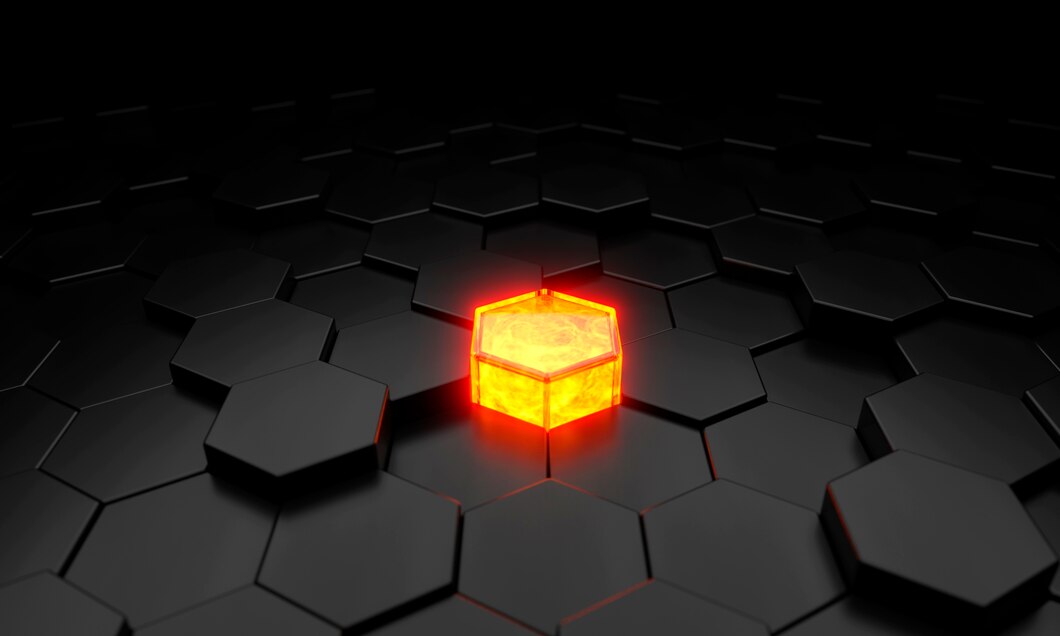The Layer 2 Blockchain Technology
Assalamualaikum everyone!
Welcome to the post. Hopefully, all of you will be doing well and enjoying the time with the grace and blessings of Almighty Allah. Today, I'm here to present another interesting topic, Layer 2 Blockchain. So, let's start the fun without any wastage of time.

We all know that the blockchains have transformed numerous businesses due to their safe and transparent nature. However, scalability is a significant challenge for them. Consider a congested highway; the more cars (transactions) that attempt to use it, the slower it becomes.
The same is the case in the Blockchain world, blockchains can become rushed up when there are a large number of transactions. This is where Layer 2 solutions come in.
- What is Layer 2 blockchain?
Consider blockchains to be Layer 1 networks, or the base layer. Layer 2 blockchains are essentially supplementary technology that sit on top of Layer 1. Their primary goal is to overcome the scalability restrictions of Layer 1 blockchains by processing transactions off-chain (off the main blockchain).
This enables faster and cheaper transactions while maintaining the security of the underlying Layer 1 blockchain as well.
- Why is Layer 2 important?
Scalability is an important consideration for widespread blockchain adoption. Popular blockchains, such as Bitcoin and Ethereum, can only process a certain amount of transactions per second. Due to their low TPS, they are not suitable enough for real-world applications requiring huge transaction volumes, such as micropayments or decentralized exchanges. Layer 2 solutions address this issue, allowing for a broader range of blockchain use cases.

- How does Layer 2 work?
There are various Layer 2 solutions, each with its unique method for processing transactions off-chain. Here are two important examples.
1. Rollups:
These combine a large number of transactions off-chain, compute them, and then send a compressed record of the results to the Layer 1 blockchain for permanent storage. This dramatically minimizes the amount of data held on the main chain, allowing for faster and cheaper transactions.
2. State Channels:
These establish secure connections between two or more parties. Transactions that occur within the channel are not broadcasted to the main chain until it is closed. This enables near-instantaneous and extremely low-cost transactions between trusted parties.
- The Benefits of Layer 2 Blockchain…
Increased Scalability: Layer 2 solutions can dramatically enhance transaction processing speeds and lower costs compared to Layer 1.
Security: Layer 2 solutions inherit security from the underlying Layer 1 blockchain, providing a high level of transaction security.
Innovation: Layer 2 enables new applications and functions that would not be possible on Layer 1 owing to scalability concerns.
- The Challenges of Layer 2 Blockchain…
Complexity: Layer 2 solutions can be more difficult to understand and implement than Layer 1 blockchains.
Security Dependence: Layer 2's security is dependent on the underlying Layer 1 blockchain and sometimes this thing cause many issues.
Fragmented Ecosystem:* Multiple Layer 2 solutions can create a fragmented ecosystem, distriburing interoperability between blockchains.
That's all about the topic. Hopefully, all of you will get something new from it. Stay tuned with me for more interesting topics onwards.
 |  |  |  |
|---|


